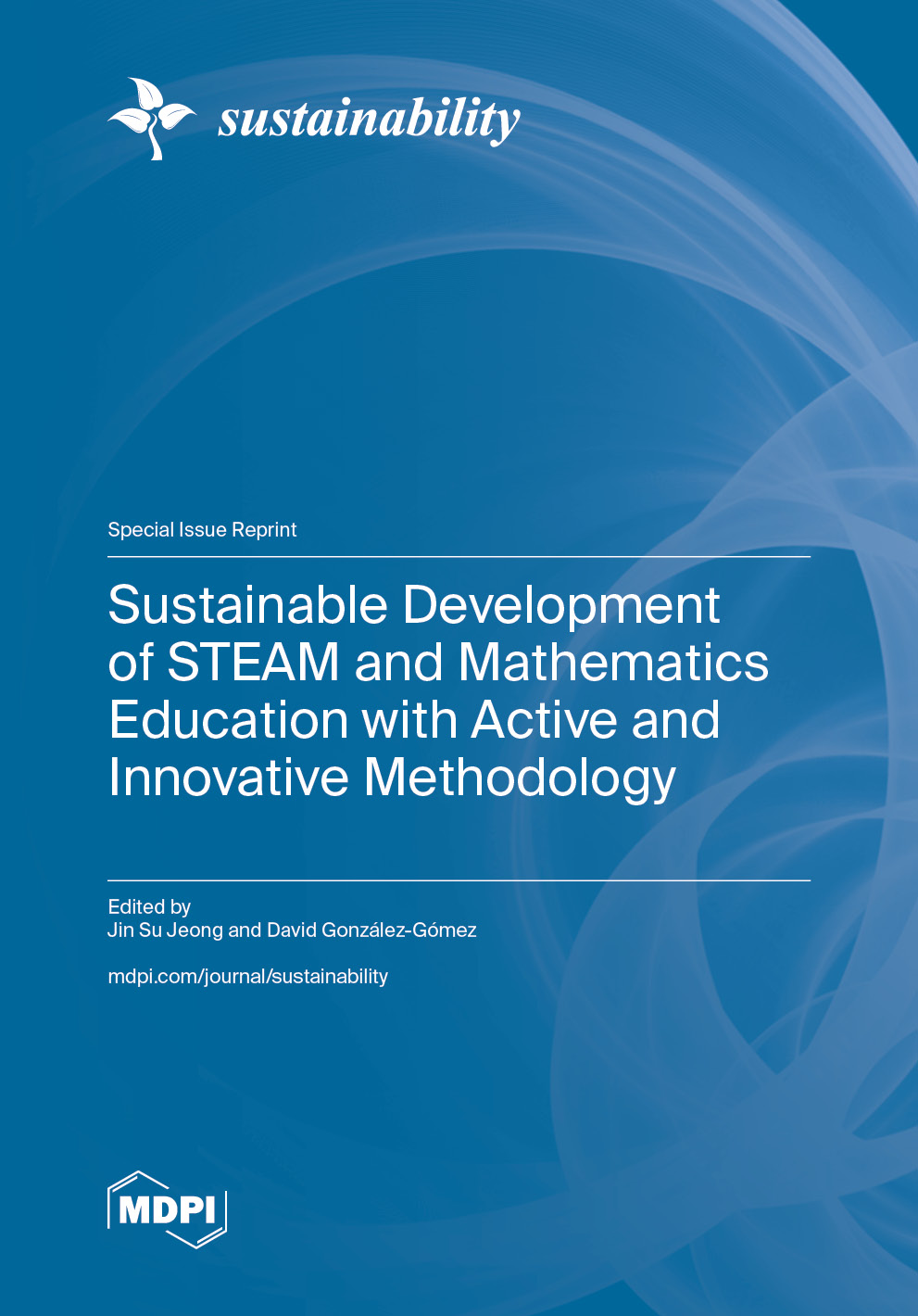Examining the Optimal Choice of SEM Statistical Software Packages for Sustainable Mathematics Education: A Systematic Review
Round 1
Reviewer 1 Report
- researches- the plural of research is still research, not researches
- In the first place, the main reason why previous researchers used SEM in their preference should be discussed.
- Lack of discussion in the context of mathematics education as stated in the title of the article
- It has been mentioned in the abstract that the Education Re- 19 sources Information Center (ERIC) was also involved in this study. However it has not been mentioned in the introduction. Only Scopus and WOS have been stated.
- The discussion in 1 and 1.1 is too general and not focused on mathematics discussion. The justification in the context of mathematics education should be clearly stated.
- What is the implication of this systematic review on sustainable mathematics education?
- Revise numbers in the Table 7
Hope these comments help the authors to improve the added value of the article.
Author Response
Please see the attachment.
Author Response File: ![]() Author Response.pdf
Author Response.pdf
Reviewer 2 Report
Dear Authors,
Please follow the given suggestions to improve your study:
Abstract: Please specify the findings and who the obtained results are important to.
Introduction (without 1.1 as a separate section), re-arrange: first, why you do this study; then, what you do and how; explain the contribution of the study; and finish with the structure of the paper.
Table 3 as a visual representation (column chart), Table 4 (bar chart)
Table 5—the findings with a check mark and an x—is to be rewritten and given a new title that will explain what the findings are about.
The authors provide a systematic review to explore the optimal choice of SEM statistical software packages for sustainable mathematics education. They use the PRISMA protocol for systematic reviews, which has four stages. Starting with the identification stage in three databases (SCOPUS, Web of Science, and The Education Research and Information Center), they identified 396 papers in total, of which a sample was reduced over the next three stages to a total of 47 papers. Based on the author's findings, there are six software packages: Lisrel, Amos, Mplus, SmartPLS, the R package (plspm), and WarpPLS. However, two packages, namely SmartPLS (VB-SEM/PLS-SEM) and Amos (CB-SEM), have been highly considered by researchers in mathematics education.Also, in the abstract the authors has stated 46 papers, while in the rest of the paper the final sample is 47.
Kind regards,
The Reviewer
Author Response
Please see the attachment.
Author Response File: ![]() Author Response.pdf
Author Response.pdf







